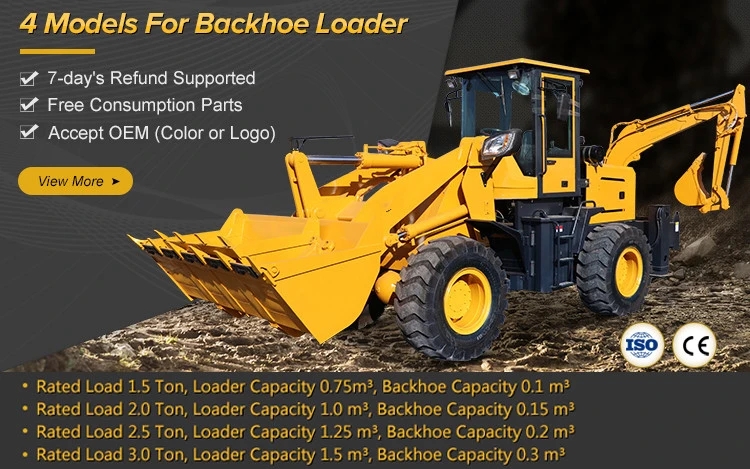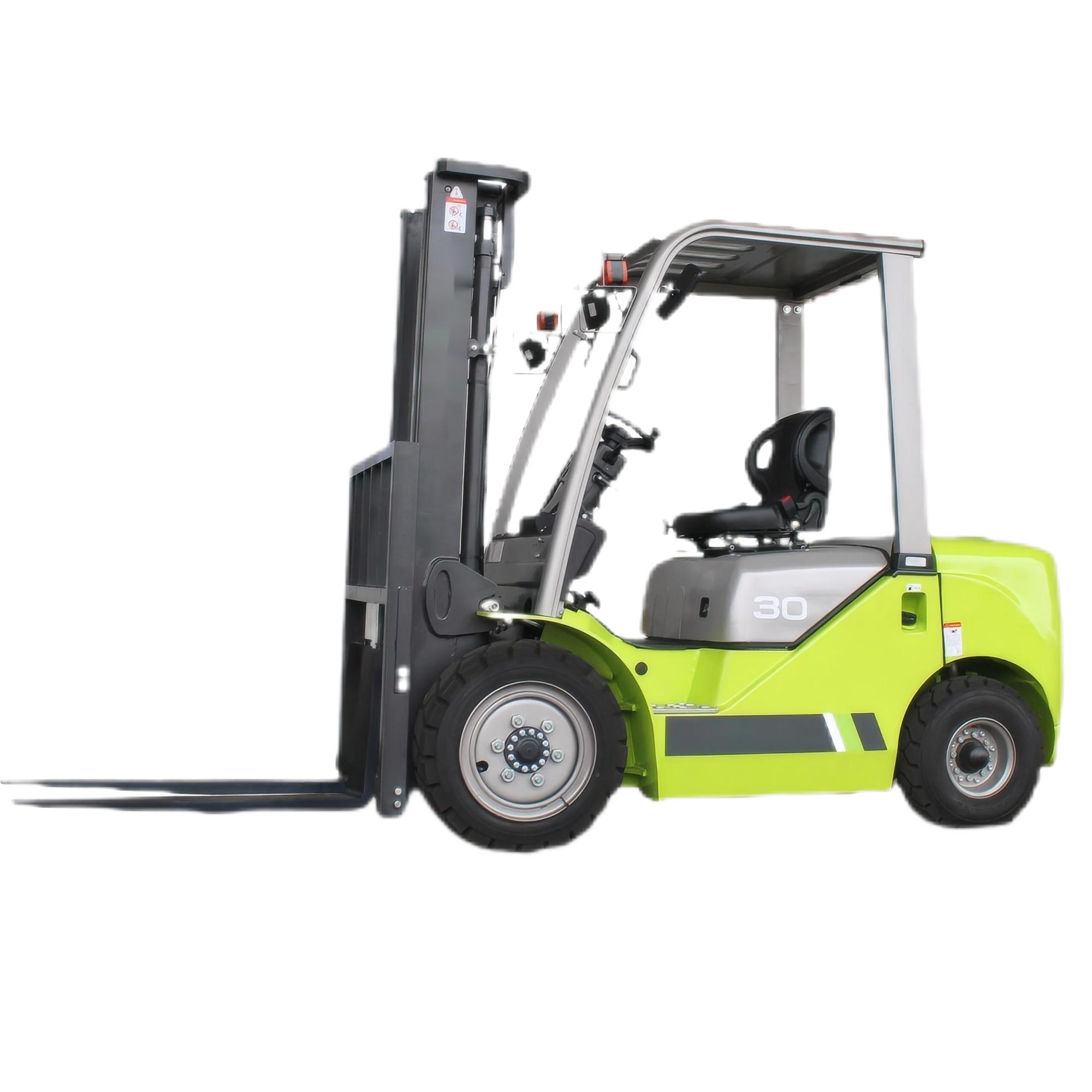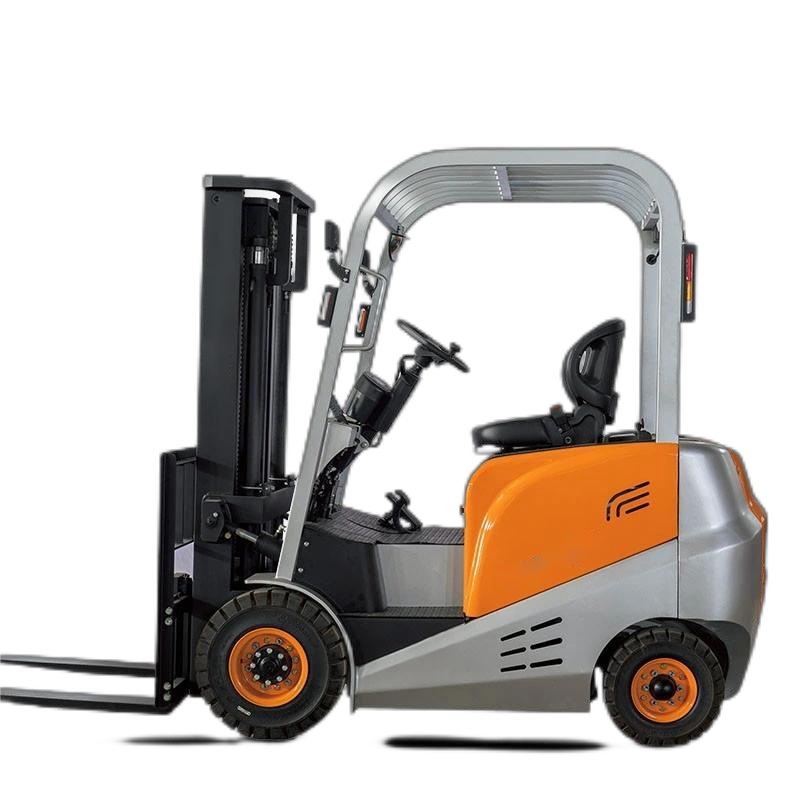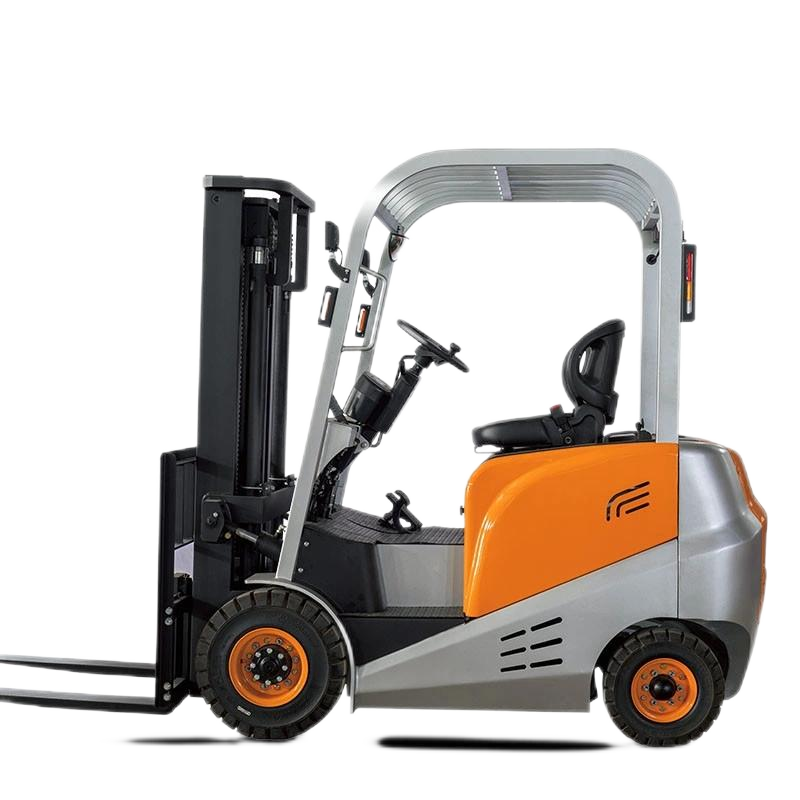The following are the core points of loader maintenance, compiled in combination with the latest industry standards and actual measurement cases:

I. Daily Maintenance (Daily/Per Shift)
Basic Inspection
Check the oil level of the engine oil, hydraulic oil, coolant, brake fluid and fuel. If any abnormalities are found, immediate action is required.
Observe the tire pressure (standard range: 0.27-0.39MPa) and wear condition, and clean the stones in the tire tread pattern.
Check whether all the fasteners (such as drive shaft bolts and frame welds) are loose, and clean the oil stains and dust on the machine body.
Lubrication and Cleaning
Inject grease into parts such as the drive shaft and hinge points to enhance lubrication.
Clean the air filter element (it needs to be checked every shift in harsh environments), and replace it if necessary.
Basic Inspection
Check the oil level of the engine oil, hydraulic oil, coolant, brake fluid and fuel. If any abnormalities are found, immediate action is required.
Observe the tire pressure (standard range: 0.27-0.39MPa) and wear condition, and clean the stones in the tire tread pattern.
Check whether all the fasteners (such as drive shaft bolts and frame welds) are loose, and clean the oil stains and dust on the machine body.
Lubrication and Cleaning
Inject grease into parts such as the drive shaft and hinge points to enhance lubrication.
Clean the air filter element (it needs to be checked every shift in harsh environments), and replace it if necessary.
II. Regular Maintenance (Performed According to the Cycle)
Cycle Maintenance Content Quoted Basis
50 hours/1 week Replace the first oil and filter element, tighten the drive shaft bolts, and check the brake fluid level and braking effect.
250 hours/1 month Replace the engine oil and oil filter, check the oil level of the front and rear axles, and detect the sensitivity of the welds of the working device and the braking system.
500 hours/3 months Replace the hydraulic oil and filter element, clean the radiator, and check the tightness of the diesel filter and the intake and exhaust pipes.
2000 hours/1 year Replace the gear oil and hydraulic oil, detect the tightness of the oil cylinder, and check the flexibility of the steering system.
Cycle Maintenance Content Quoted Basis
50 hours/1 week Replace the first oil and filter element, tighten the drive shaft bolts, and check the brake fluid level and braking effect.
250 hours/1 month Replace the engine oil and oil filter, check the oil level of the front and rear axles, and detect the sensitivity of the welds of the working device and the braking system.
500 hours/3 months Replace the hydraulic oil and filter element, clean the radiator, and check the tightness of the diesel filter and the intake and exhaust pipes.
2000 hours/1 year Replace the gear oil and hydraulic oil, detect the tightness of the oil cylinder, and check the flexibility of the steering system.
III. Maintenance of Key Components
Engine
Replacement of the Three Filters: The engine oil filter element, diesel filter element and air filter element need to be replaced according to the cycle. Inferior filter elements will cause impurities to enter and shorten the engine life.
Cooling System: Regularly clean the radiator and cooler to prevent dust from clogging and affecting the cooling efficiency.
Hydraulic System
Replace the hydraulic oil and oil filter every 500 hours, check the tightness of the pipelines to prevent oil leakage.
Clean the hydraulic radiator to ensure the normal temperature of the hydraulic oil.
Braking System
Check the wear of the brake pads every 2000 hours, replace the brake fluid and test the braking sensitivity.
In winter, the antifreeze needs to be replaced to avoid freezing at low temperatures.
Engine
Replacement of the Three Filters: The engine oil filter element, diesel filter element and air filter element need to be replaced according to the cycle. Inferior filter elements will cause impurities to enter and shorten the engine life.
Cooling System: Regularly clean the radiator and cooler to prevent dust from clogging and affecting the cooling efficiency.
Hydraulic System
Replace the hydraulic oil and oil filter every 500 hours, check the tightness of the pipelines to prevent oil leakage.
Clean the hydraulic radiator to ensure the normal temperature of the hydraulic oil.
Braking System
Check the wear of the brake pads every 2000 hours, replace the brake fluid and test the braking sensitivity.
In winter, the antifreeze needs to be replaced to avoid freezing at low temperatures.
IV. Precautions
Priority of Original Factory Parts: Using non-original factory filter elements may lead to insufficient filtration accuracy, accelerate the wear of components by impurities, and result in higher long-term costs.
Environmental Adaptability: In plateau areas, a plateau-type diesel engine should be selected. After wading, check the braking system in a timely manner.
Operation Specification: Avoid dangerous operations such as working in high gear and carrying people in the bucket, and do not use the clutch when going downhill.
Conclusion: Loader maintenance needs to follow the principle of "seven parts maintenance and three parts repair". By regularly replacing the oil, cleaning the key components and using original factory parts, the failure rate can be reduced by more than 30%, and the service life of the equipment can be extended by 2-3 years. The specific maintenance cycle needs to be adjusted according to the operation intensity and environment. It is recommended to refer to the "Product Use and Maintenance Instruction Manual".
Priority of Original Factory Parts: Using non-original factory filter elements may lead to insufficient filtration accuracy, accelerate the wear of components by impurities, and result in higher long-term costs.
Environmental Adaptability: In plateau areas, a plateau-type diesel engine should be selected. After wading, check the braking system in a timely manner.
Operation Specification: Avoid dangerous operations such as working in high gear and carrying people in the bucket, and do not use the clutch when going downhill.
Conclusion: Loader maintenance needs to follow the principle of "seven parts maintenance and three parts repair". By regularly replacing the oil, cleaning the key components and using original factory parts, the failure rate can be reduced by more than 30%, and the service life of the equipment can be extended by 2-3 years. The specific maintenance cycle needs to be adjusted according to the operation intensity and environment. It is recommended to refer to the "Product Use and Maintenance Instruction Manual".








